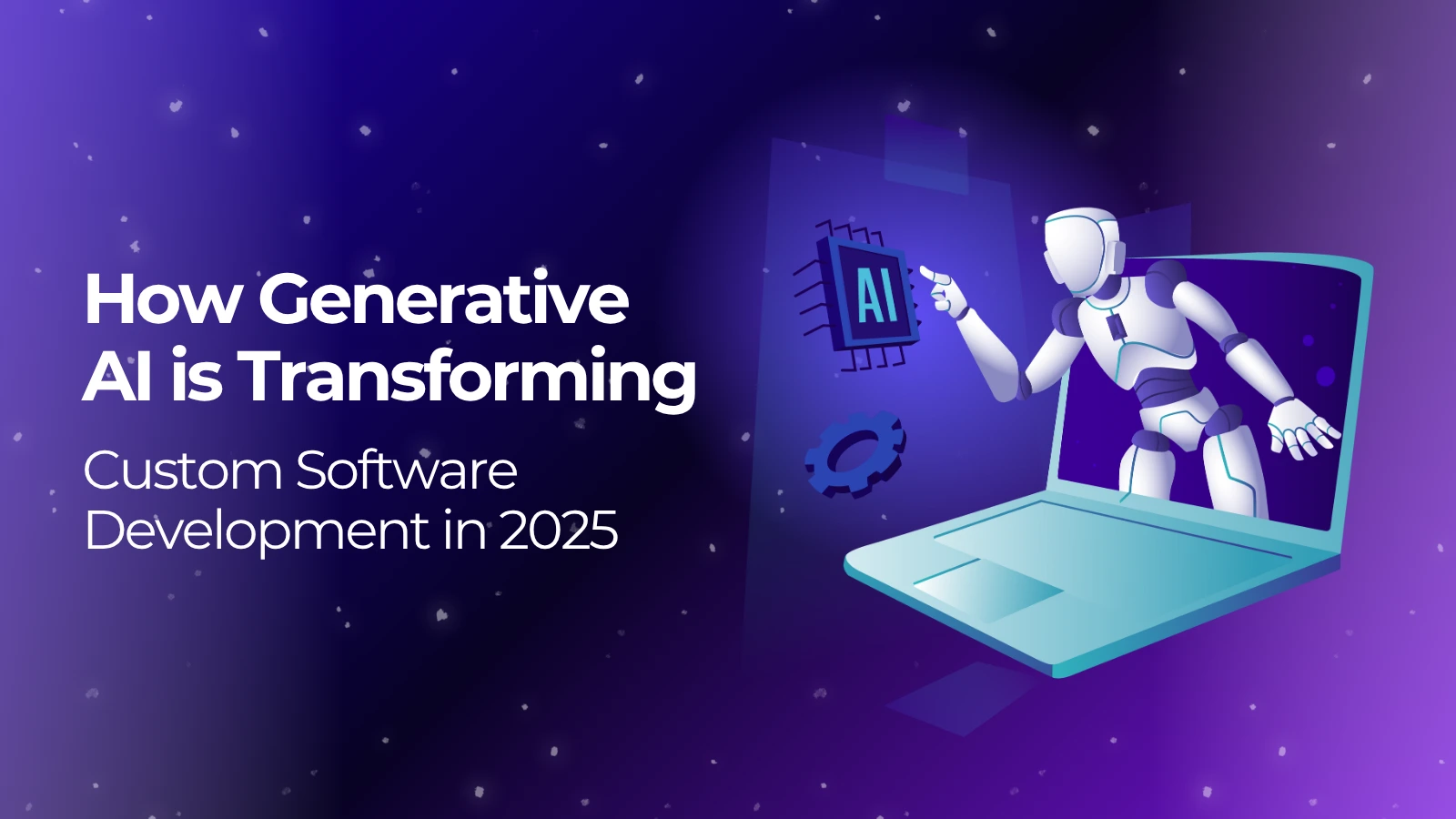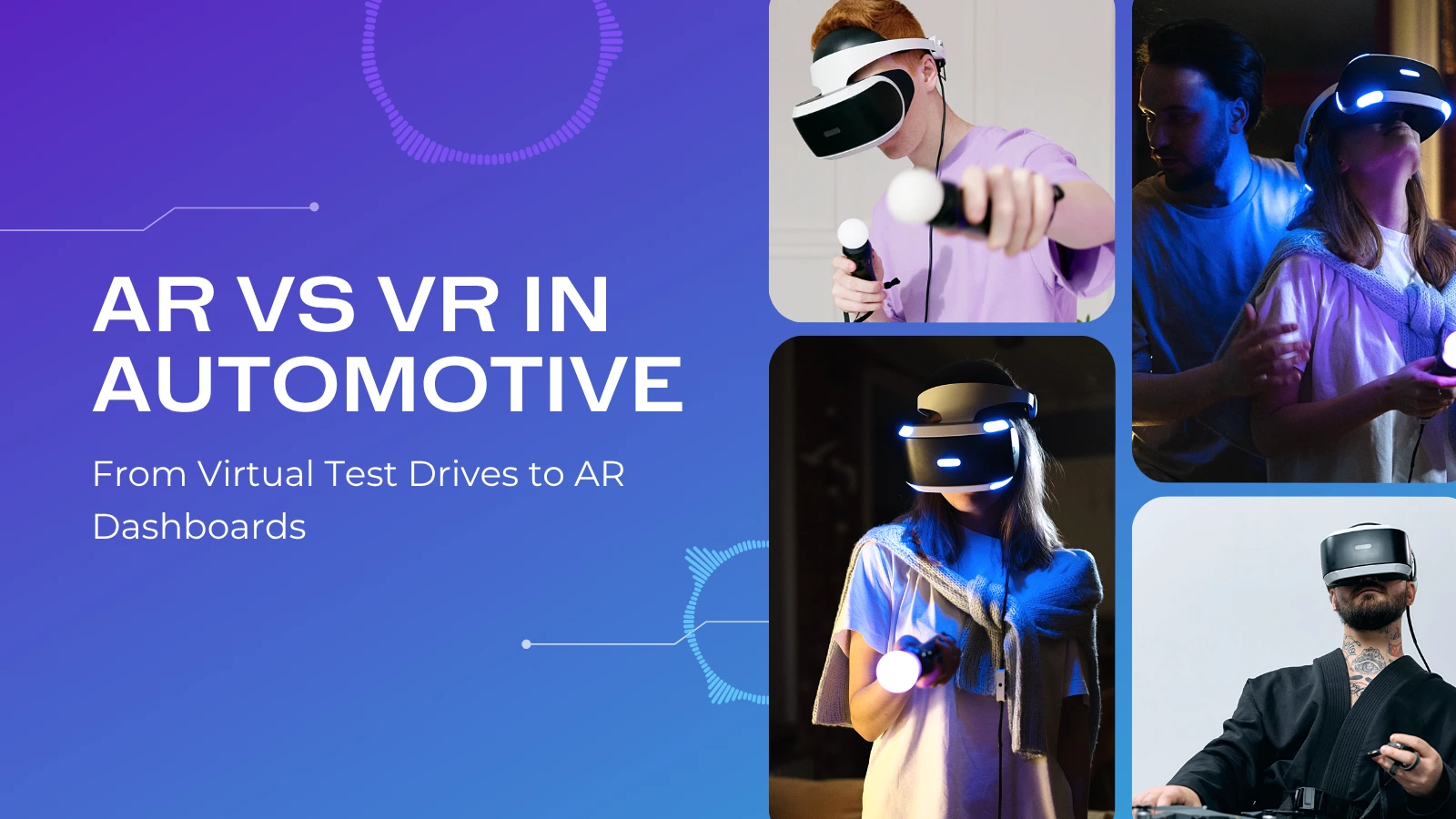Why E-commerce Brands Need a VR App Development Company
VR in E-Commerce: Try Before You Buy—For Real
Imagine this: you're scrolling through an online store, eyeing that perfect pair of sneakers. Normally, you’d rely on a few photos, maybe a video, and take a leap of faith. But what if, instead, you slipped on a VR headset, opened a shopping app, and suddenly—there they are. On your feet. You can twist, turn, walk, and look at them from every angle like you’re standing in front of a mirror. That’s not science fiction—it’s the power of Virtual Reality (VR) in e-commerce.
Or picture this: you’re redecorating your living room. You find a gorgeous new sofa online, but you’re not sure if it fits your space—or your vibe. With VR, you can literally “drop” the sofa into your room using your phone or headset. Move it around, see how it looks with your rug, check if it blocks the window. It’s like having a personal showroom at your fingertips.
This kind of immersive, try-before-you-buy experience is revolutionizing online shopping. Why? Because it removes the guesswork. One of the biggest issues in e-commerce is returns—customers often send items back because they didn’t look, fit, or feel as expected. That’s a costly and frustrating cycle for both
the buyer and the brand. But VR slashes that risk. When you know exactly what you’re getting, you’re far more likely to keep it.
And that’s a win-win. Shoppers feel more confident in their choices, and companies save money on returns, shipping, and restocking. It also helps brands build trust—when customers feel like they have more control and clarity, they’re more likely to return for future purchases.
Keeping You Hooked
But there’s another big perk: engagement. Regular online stores can be, well…boring. You scroll, click, maybe read some reviews, and bounce. But VR changes that. It turns shopping into an experience. Instead of passively browsing, you're actively exploring—walking through virtual stores, picking up items, trying things on, mixing and matching outfits or furniture in real time.
This level of interaction keeps shoppers hooked. Studies show that customers spend up to 20% more time in VR apps shopping environments compared to traditional websites. And the longer they stay, the more likely they are to buy. That’s music to every marketer’s ears.
Let’s take IKEA as a prime example. Their VR app lets users drop furniture into their real living spaces using augmented and virtual reality tools. Whether you’re furnishing a new apartment or simply rearranging your current setup, it’s incredibly easy to visualize how different pieces will look and feel in context. “I spent an hour messing with layouts,” says Jen, a new homeowner. “I didn’t even notice the time.” That’s the kind of engagement that traditional product pages just can’t match.
And it’s not just about individual items. Entire store experiences are being reimagined. Imagine attending a seasonal sale or limited-time launch event in a beautifully designed virtual boutique. You could chat with digital assistants, get styling tips, and shop exclusive items—all without leaving your home.
For brands, this opens up huge opportunities. From fashion to furniture to tech, businesses can create branded virtual worlds that reflect their identity and values. They can track user behavior in real time, adjust layouts, test new designs, and gather feedback—all while delivering an unforgettable experience.
The Future of E-Commerce
As VR app technology continues to evolve and become more accessible, expect more brands—big and small—to jump on board. The potential is massive, from reducing returns and boosting conversions to creating memorable shopping journeys that build lasting loyalty.
Shopping is no longer just about buying stuff. It's about interacting, experiencing, and enjoying the process. And with VR, the future of e-commerce isn’t just online—it’s immersive.
Standing Out in the Crowd
E-commerce is a jungle—everyone’s fighting for your attention. VR is how brands stand out. Sephora’s got a VR makeup try-on—smear on lipstick without touching a tube. Nike lets you design custom kicks in VR, then order them. These aren’t just gimmicks; they’re memorable. You’ll tell your friends, and that’s free marketing gold.
The VR App Development Crew
None of this happens by accident. VR app development companies are the masterminds here. They build the 3D models, make sure the app runs smooth, and tie it into the brand’s website. It’s not simple—think coding, design, and a sprinkle of creativity. They’re the ones turning “cool idea” into “holy cow, this works.”
Sure, it’s an investment. Building a VR app isn’t cheap, and you need pros who know their stuff. But the payoff? Huge. Customers love it, sales climb, and returns drop. Plus, as VR gets bigger, early adopters look like geniuses.
The Future’s Virtual
E-commerce isn’t slowing down, and neither is VR. Imagine virtual malls where you shop with friends across the globe, or AI assistants guiding you through VR stores. It’s coming, and brands that jump in now—like with a solid VR app development partner—will lead the pack.
So, e-commerce folks, listen up: VR isn’t just nice-to-have. It’s your edge. Hook up with a VR app development company, and watch your customers fall in love all over again.
Subscribe Now
Get the weekly updates on the newest brand stories, business models and technology right in your inbox.
More Blogs
How Generative AI is Transforming Custom Software Development in 2025
The custom software development landscape is being revolutionized with the advent of Generative AI. With enterprises focusing on optimizing their operations and speeding up innovation compared to their peers, Generative AI has become a...
The Essential Guide to Automation AI: What Actually Works in 2025
AI Automation has demonstrably reshaped the workings of businesses by processing data and completing repetitive tasks faster and more efficiently than human workers. To illustrate, AI systems can now examine vast amounts of data, simul...
AR vs VR in Automotive_ From Virtual Test Drives to AR Dashboards
The automotive industry has experienced transformative changes in the recent years, all thanks to breakthroughs in immersive technology. The most notable changes are due to Augmented Reality (AR) and Virtual Reality (VR). The debate of...

 Awards & Recognition
Awards & Recognition







